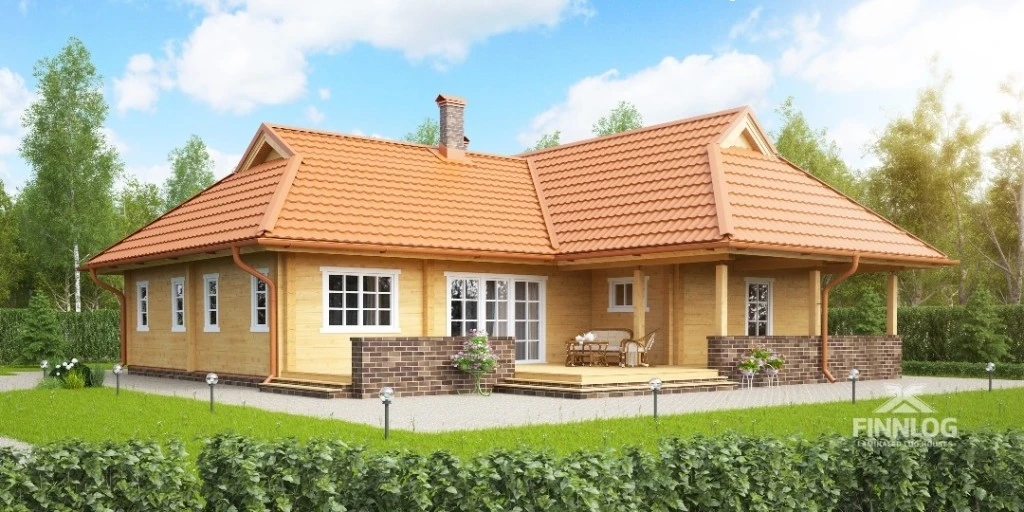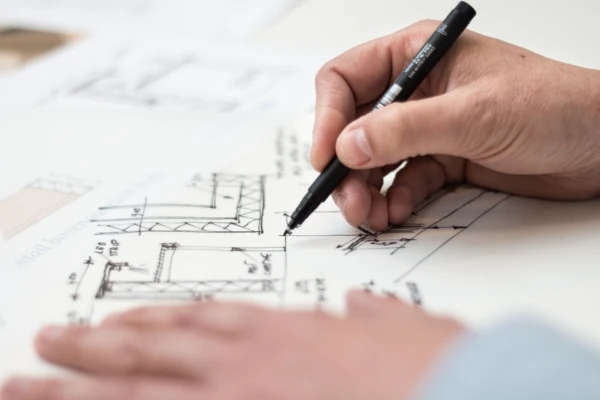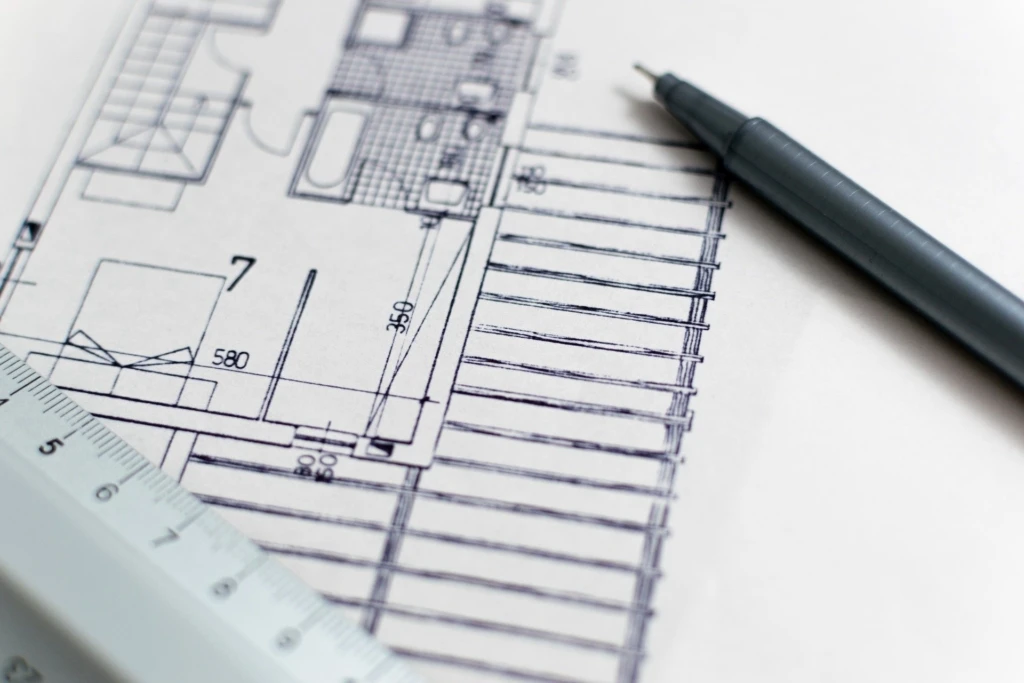5 First Steps to Your Own Home

Do you want to build your own house, but don't know where to start? When designing any house, you need to make a number of decisions and take actions that together will launch the house construction process. Where should you start, and what would be the logical sequence of actions to begin construction work?
5 first steps to start your house project:
1. Preparing the initial brief and preliminary floor plan
Designing your own house begins with making a list of the rooms planned for the house and adding their possible sizes to it. By adding up the room areas, you get the initial house size, and if it exceeds, for example, 120-130 m2, then it is usually wise to consider a 2-story house. The initial brief should also include more specific wishes regarding how the house should look, for example, whether it should be classical or modern. It would also be worth noting wishes regarding the possible size and location of the plot. In addition, you should prepare an approximate budget that would include the cost of the plot, including connections and costs related to building the house.

2. Ordering a house project or selecting from standard projects
The simplest way is to search standard projects for the house closest to your initial brief and, if necessary, make changes to adapt it to suit you. A longer, but more thorough option is to order an individual project for your house that would fully account for all wishes and your vision of your home from start to finish. You should allow time for the project to be completed so that all wishes are reflected in the project.
3. Plot selection and house placement on the plot
Plot selection should be made carefully and all aspects should be evaluated from both financial and emotional perspectives. For example, many people certainly like living in a nice forest cabin away from other households, but laying access roads and utilities to such a plot can make it unreasonably expensive. Along with plot selection, you can also make a choice about how the house should be positioned on the plot in relation to the cardinal directions, and this may bring about the need to slightly modify the floor plan.
Read here also what you should know before buying a plot >>
4. Developing a financing solution
Most people need to take out a loan to build a house. Building a house is also usually accompanied by the sale of an existing residence, which is spent on buying a plot and, if money is left over, for example, on laying the foundation.
It is certainly worth asking for loan offers from several banks and finding the best solution for yourself.
Building a house is an expensive undertaking, but at the same time, you should take into account all costs from the beginning so that you have resources for the house to be completed and everything that goes with it to be finished and furnished. Practice shows that if you start building a house with the idea that you will get more money later and order some work afterwards, the work often remains unfinished for a very long time and it is not good to live in an incomplete house.

5. Requesting house estimates and concluding a contractor agreement
House estimation is done based on the house project and the estimate request should also include all wishes and specifications that the contractor should take into account. Upon receiving a price quote, you should go through the offer line by line with the contractor if necessary and clarify anything that is unclear.
Then you need to conclude a correct contractor agreement with the builder, which would clearly set out the work schedule, quality requirements and all other important obligations and rights of the parties. For example, the contract can impose on the builder the obligation to apply for a building permit. If a building permit is in place, work can begin.
You can get acquainted with various plots for sale here >>
Source: Finnlog.ee




